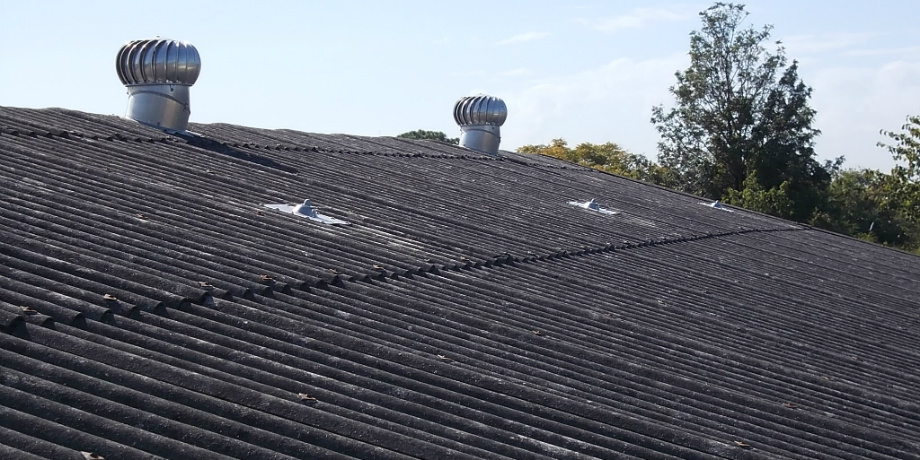
As predicted in one of our recent newsletters ( Dangerous Installations Part 2), there would be a Part 3. Sad to say this will probably become a regular story until effective regulation is brought into place throughout the industry.
The peak body that is actively pursuing change in the industry in Australia is the Working At Heights Association (WAHA). They have taken action following their recent conference and findings and contacted the respective WorkCover representatives in each state presenting them their latest report
This report mirrors the same concerns that Height Dynamics holds with the poor quality of installed fall arrest systems that are in current use. It outlines the risks associated with unsafe installations and has formally asked the OHS policy makers and regulators to recognise design and installation as high risk work and license accordingly.
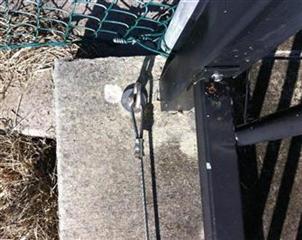 |
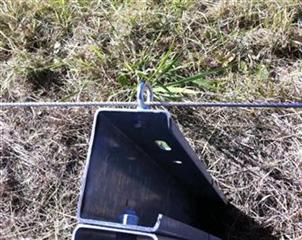 |
| Photo 1 and 2 – The first series of images is of a staticline that is currently in use. The system is constructed of 6mm cable, is hand swaged and uses 12mm eyebolts as end and intermediate anchors. There are no compliance plates installed with these systems. | |
The Australian Standard clearly outlines the requirements for permanent static high lines in AS/NZS 1891.2. These guidelines state that.
- End anchors used in prescribed systems that are aligned in shear (rather than pullout) must be at a minimum M22.
- Intermediates anchors used in prescribed systems are required to be a minimum of M20.
- The minimum size for cable must be 8mm and limited to use by a single user.
To go on…hand swaging is not acceptable and closer inspection shows that there is no thimble in the eye. The compliance plate is a critical component of the installation. It provides important information such as the number of users allowed on the system and any specific equipment requirements.
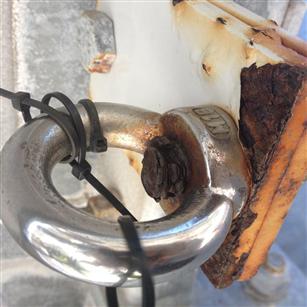 |
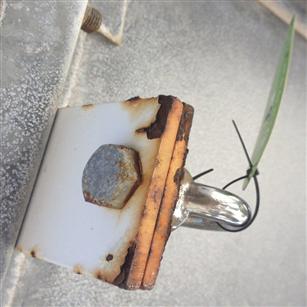 |
| Photo 3 and 4 – These images speak for themselves. The fall arrest anchors were inspected by a Height Safety company two days before these images where taken. They were tagged as safe for use and certified for twelve months. | |
These images have been taken by our inspectors in the normal course of their work and enforce the need for further regulation and licensing within the industry.
